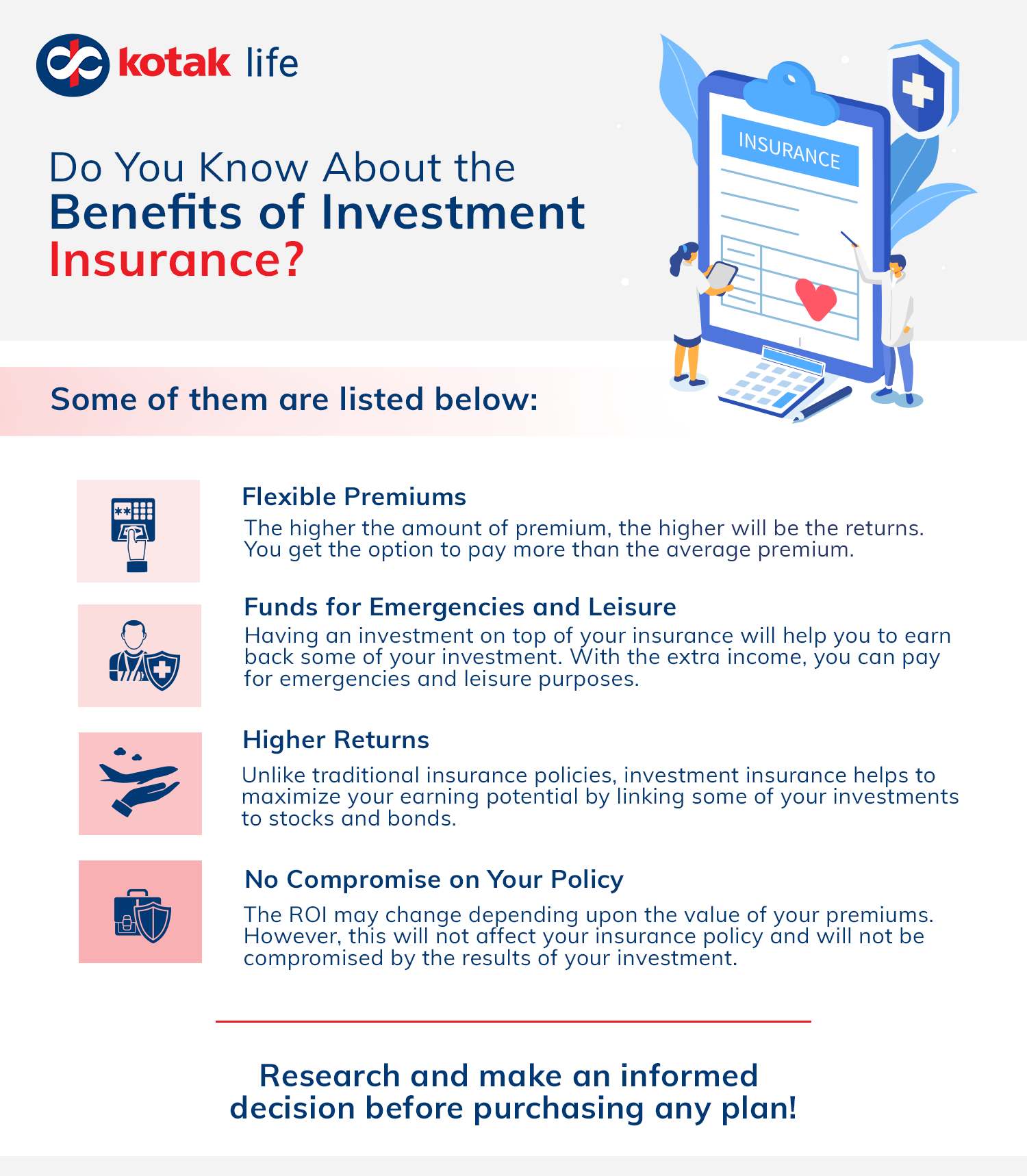More About Pacific Prime
Wiki Article
The Of Pacific Prime
Table of ContentsSome Known Facts About Pacific Prime.Pacific Prime Fundamentals ExplainedPacific Prime Fundamentals Explained4 Easy Facts About Pacific Prime ShownThe Ultimate Guide To Pacific Prime

This is since the information were gathered for a duration of strong financial performance. Of the approximated 42 million individuals that were without insurance, almost regarding 420,000 (about 1 percent) were under 65 years of age, the age at which most Americans become qualified for Medicare; 32 million were grownups between ages 18 and 65, around 19 percent of all adults in this age group; and 10 million were children under 18 years old, regarding 13.9 percent of all children (Mills, 2000).
These price quotes of the number of individuals without insurance are generated from the annual March Supplement to the Existing Populace Study (CPS), conducted by the Census Bureau. Unless or else kept in mind, national estimates of people without health insurance policy and percentages of the populace with various kinds of insurance coverage are based on the CPS, the most extensively made use of resource of estimates of insurance protection and uninsurance rates.
The Ultimate Guide To Pacific Prime
:max_bytes(150000):strip_icc()/how-does-insurance-sector-work.asp-FINAL-1ccff64db9f84b479921c47c008b08c6.png)
Still, the CPS is specifically valuable since it produces annual estimates reasonably swiftly, reporting the previous year's insurance policy coverage estimates each September, and because it is the basis for a regular collection of quotes for greater than two decades, permitting evaluation of trends in protection with time. For these factors, along with the considerable use of the CPS in other researches of insurance policy coverage that exist in this report, we depend on CPS price quotes, with limitations kept in mind.

The price quote of the number of uninsured people broadens when a populace's insurance coverage standing is tracked for a number of years. Over a three-year period starting early in 1993, 72 million people, 29 percent of the united state population, were without coverage for at least one month. Within a solitary year (1994 ), 53 million individuals experienced a minimum of a month without insurance coverage (Bennefield, 1998a)
Six out of every 10 without insurance grownups are themselves employed. Working does improve the likelihood that one and one's household members will have insurance, it is not a warranty. Also participants of family members with two permanent wage earners have almost a one-in-ten chance of being without insurance (9.1 percent uninsured rate) (Hoffman and Pohl, 2000).
The Pacific Prime Ideas
New immigrants represent a substantial percentage of people without wellness insurance coverage. One evaluation has actually associated a substantial part of the current growth in the dimension of the united state without insurance population to immigrants that arrived in the country between 1994 and 1998 (Camarota and Edwards, 2000). Current immigrants (those who came to the United States within the previous four years) do have a high rate of being uninsured (46 percent), but they and their kids represent simply 6 percent of those without insurance coverage nationally (Holahan et al., 2001).The partnership between wellness insurance and access to care is well established, as recorded later on in this chapter. The relationship between health and wellness insurance policy and health and wellness outcomes is neither straight nor easy, a comprehensive clinical web and health and wellness solutions research study literary works web links wellness insurance policy coverage to improved accessibility to care, far better top quality, and improved personal and populace health and wellness condition.
Degrees of evaluation for examining the impacts of uninsurance. This discussion of medical insurance protection focuses mostly on the U.S. population under age 65 because essentially all Americans 65 and older have Medicare or other public protection. Moreover, it focuses especially on those without any type of medical insurance for any length of time.
Not known Incorrect Statements About Pacific Prime
The problems faced by the underinsured are in some aspects comparable to those faced by the without insurance, although they are normally much less extreme. Health insurance policy, nonetheless, is neither essential nor sufficient to obtain accessibility to medical solutions. The independent and direct result of health and wellness insurance coverage on accessibility to health and wellness solutions is well established.
Others will acquire the health care they require also without medical insurance, by paying for it out of pocket or seeking it from providers that use care free or at extremely subsidized prices. For still others, health and wellness insurance alone does not make certain receipt of care due to other nonfinancial barriers, such as an absence of health and wellness treatment providers in their community, minimal accessibility to transportation, illiteracy, or etymological and social distinctions.
How Pacific Prime can Save You Time, Stress, and Money.
Formal study concerning uninsured populations in the United States dates to the late 1920s and very early 1930s when the Committee on the Price of Medical Care produced a series of reports concerning financing medical professional workplace brows through and hospitalizations. This issue became significant as the numbers of medically indigent climbed during the Great Anxiety.Report this wiki page